- An ode to the forest
- Welcome to Chai Time at Aramness
- Food That Nourishes
- Experience the Aramness Way
- Take A Walk On The Wild Side
- That Wonderful Time of the Year
- A Truly Iconic Safari Experience
- Diversity of life in the Gir ecosystem
- The Winter Season Safari Premiere
- From A Naturalist's Lens
- Embracing Stillness in Gir
- The Feathered Friends of Gir
- Our Closest Connection to Wilderness
- The Cuddly Side of Lions
- What Deer & Parakeets Reveal About Gir’s Wild Heart
- Wildlife Wonders at Aramness
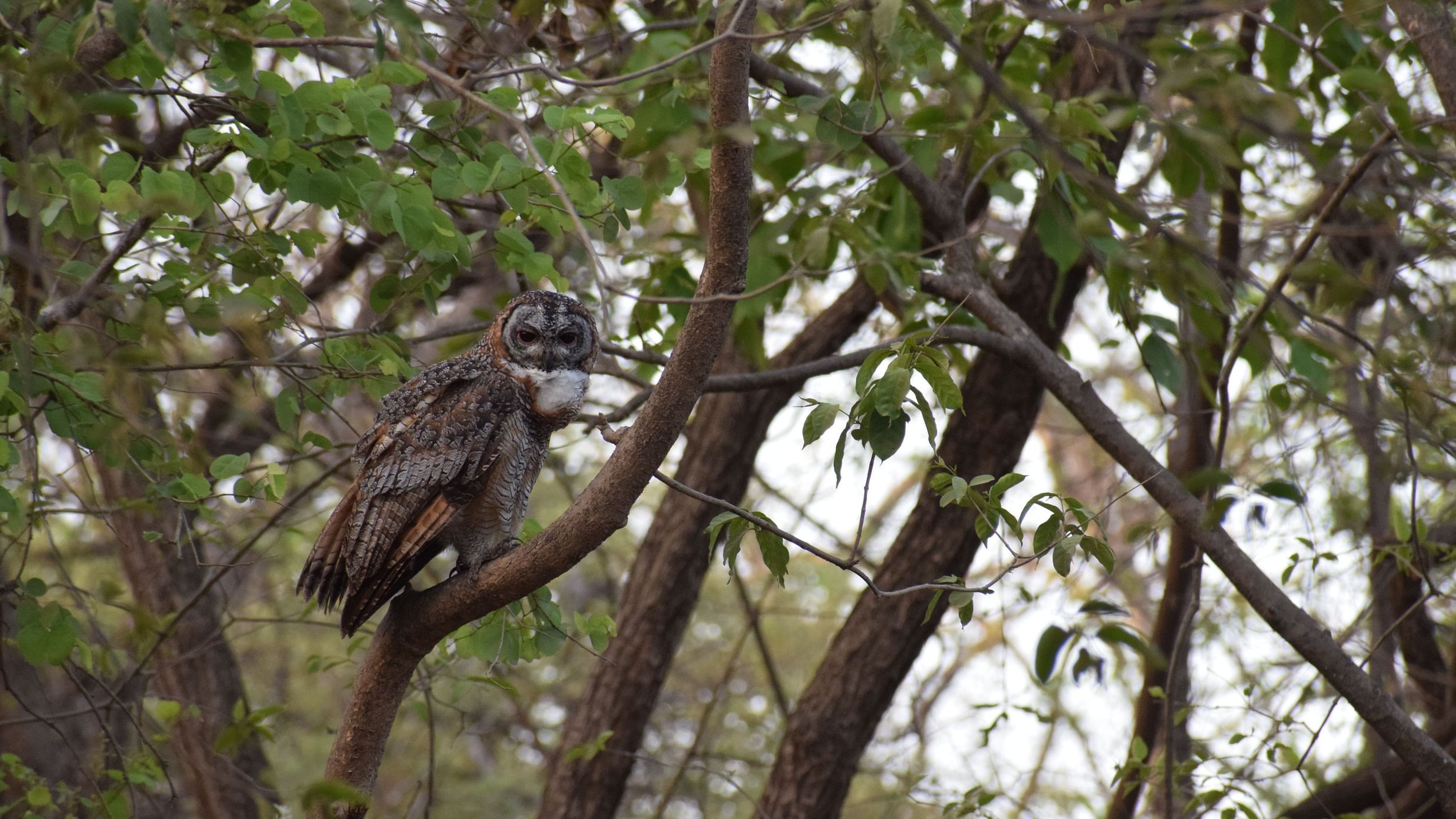
You’ll come for the lions, but this unique ecosystem of Gir with around 300 birds, 37 kinds of reptiles and more than 2,000 species of insects, will entice you like nothing else, write our naturalists Piyush Dholariya & Vishvajeetsinh Solanki.
Birdwatching spiked in popularity during the pandemic, when people were searching for a safe, free, outdoor hobby. Even though India has many forests, the dry deciduous forests of Gir stand as ideal habitats for many rare bird species. The region is of strong interest to many Indian ornithologists and bird watchers.
In fact, India’s most celebrated ornithologist, Dr Sálim Ali – the ‘birdman of India’ once said that had it not been for the Asiatic lions, Gir would have been known as one of the most fascinating bird sanctuaries of the country.
You can also choose to explore these beautiful forests at your own pace, with bird watching points and tracks created by the Gujarat Forest Department and immerse yourself in the natural beauty around you. Gir is a birdwatcher’s paradise and it is easy to spot Asian Cuckoo, Common Rose Finch, Scurly Breasted Munia, Rose Ring Parakeet, Plum Headed Parakeet, Sun Bird, Yellow Throated Sparrow, and White-browed Fantail Silver Bill, amongst others.
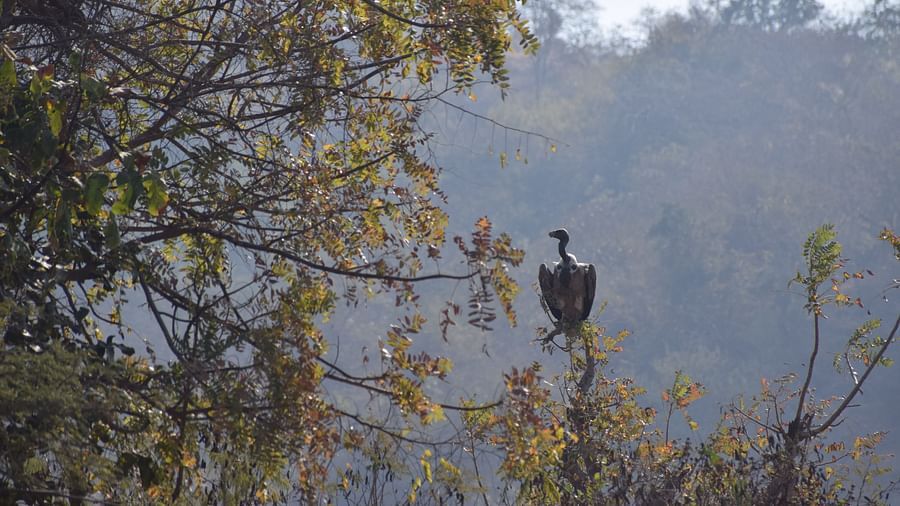
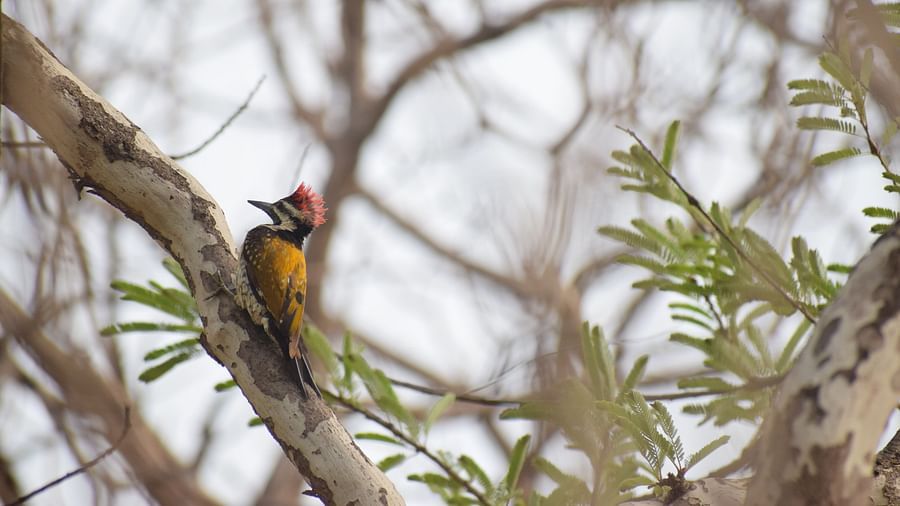
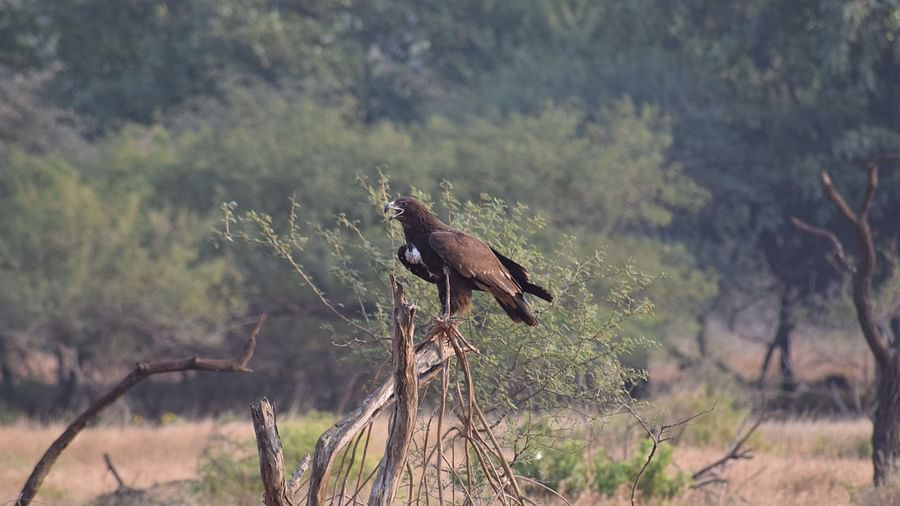
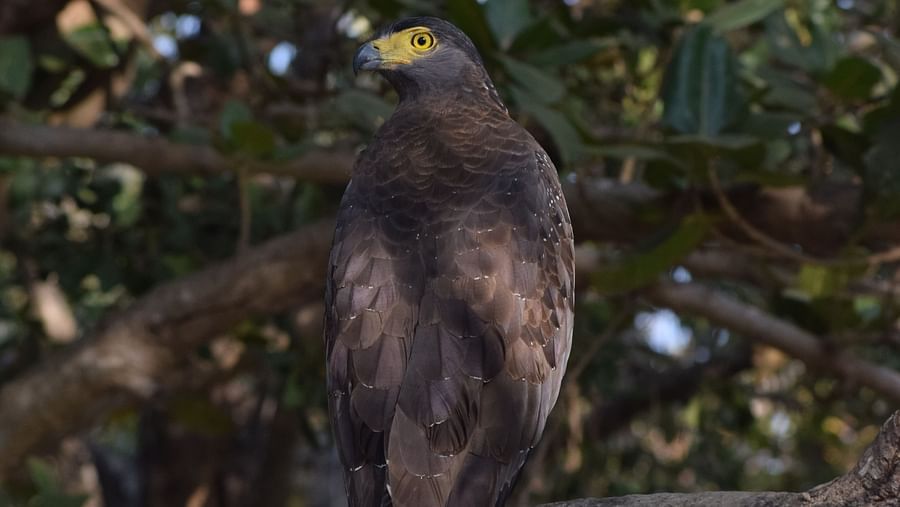
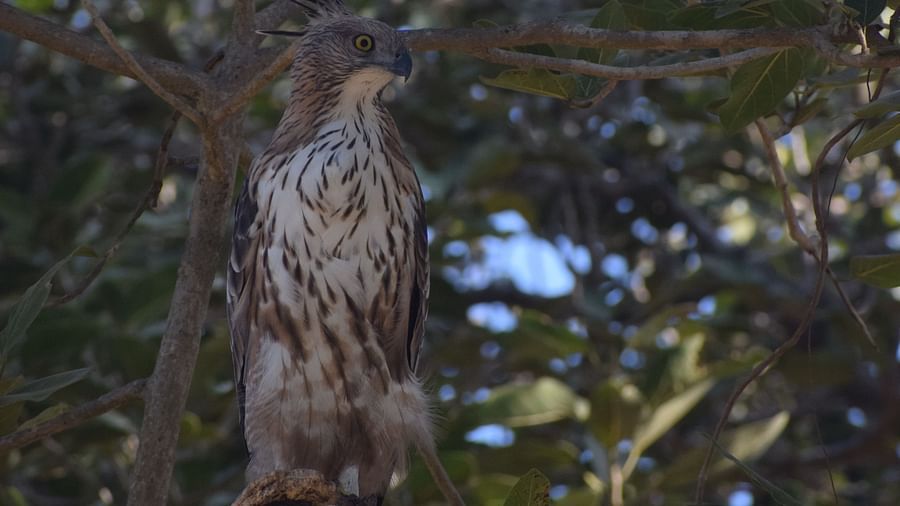
Our lodge sits in an idyllic location, at the edge of the Gir National Park inside the teak forest. This provides a unique environment where birds and insects can thrive, hence you can spot a varied species on our lodge premises itself, thus enabling a strong connection with nature.
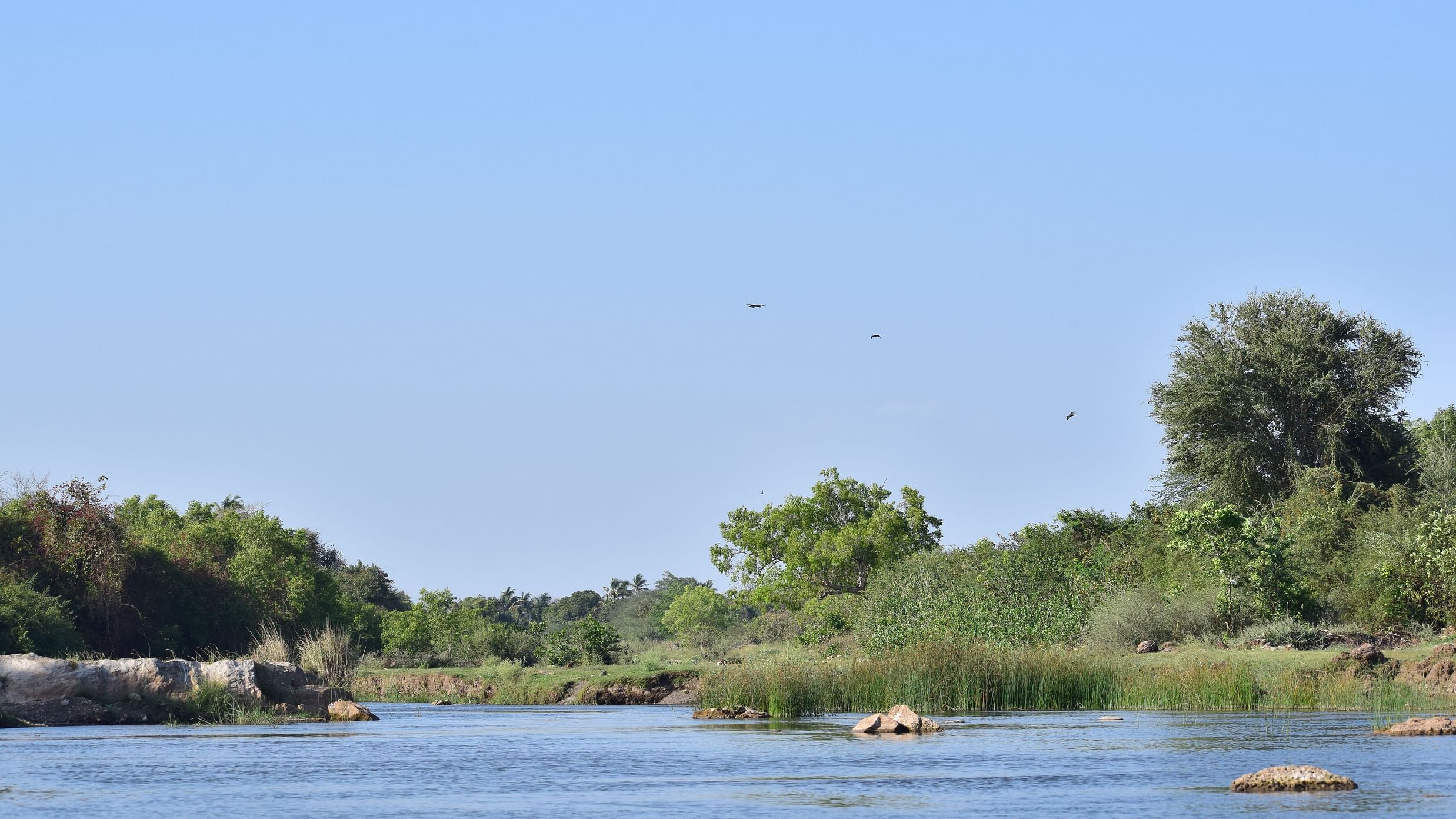
The Kingdom Of Insects
Smaller the organism, fascinating the lifestyle.
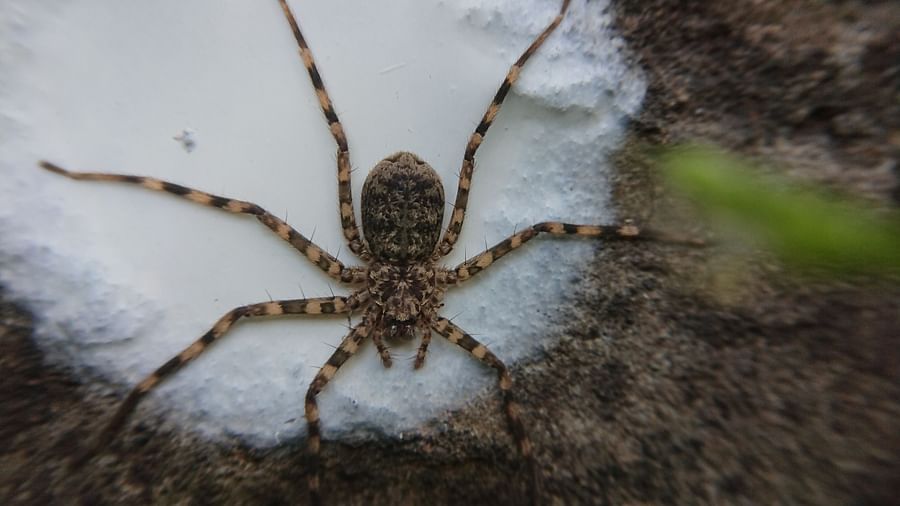
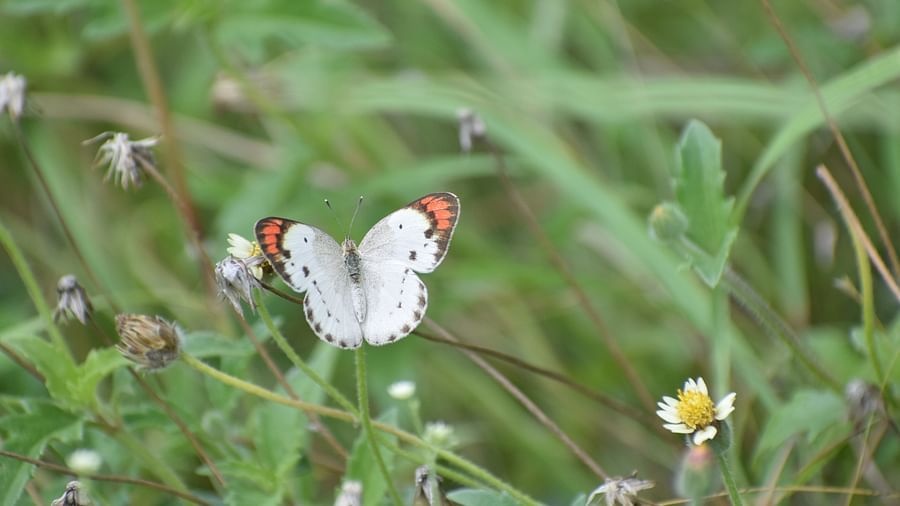
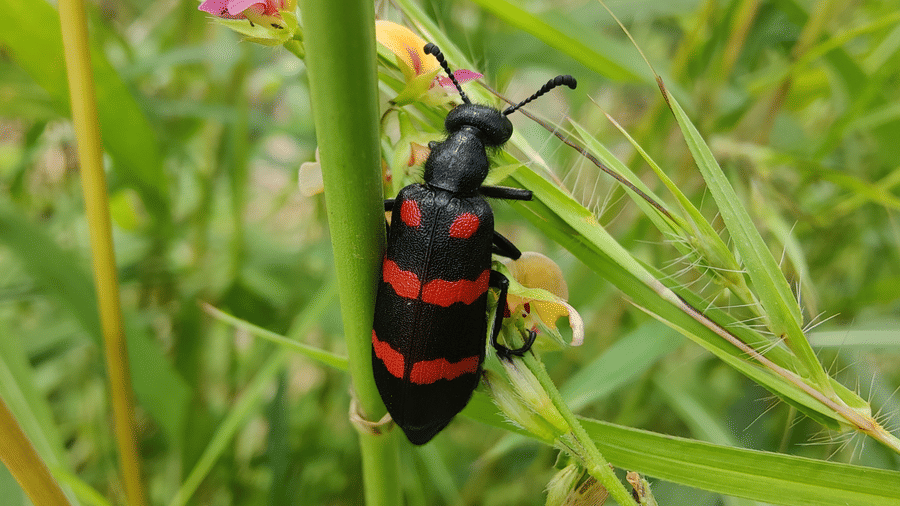
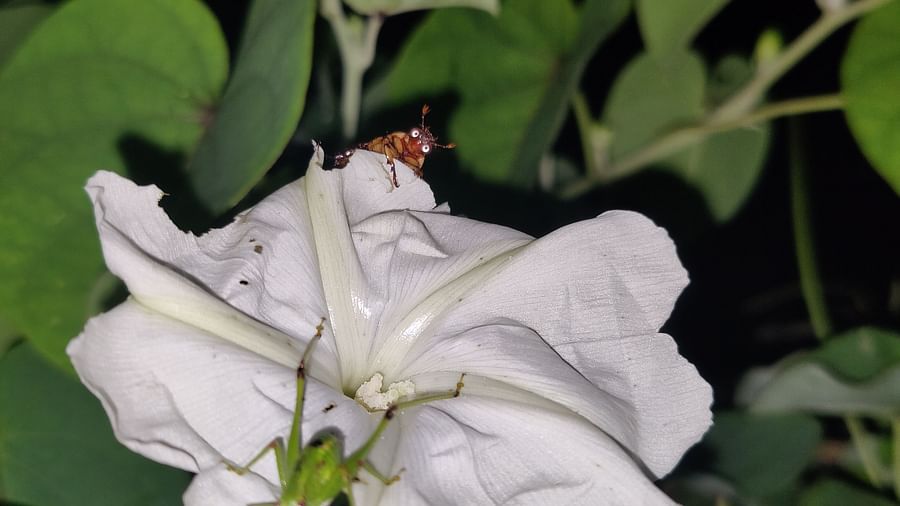
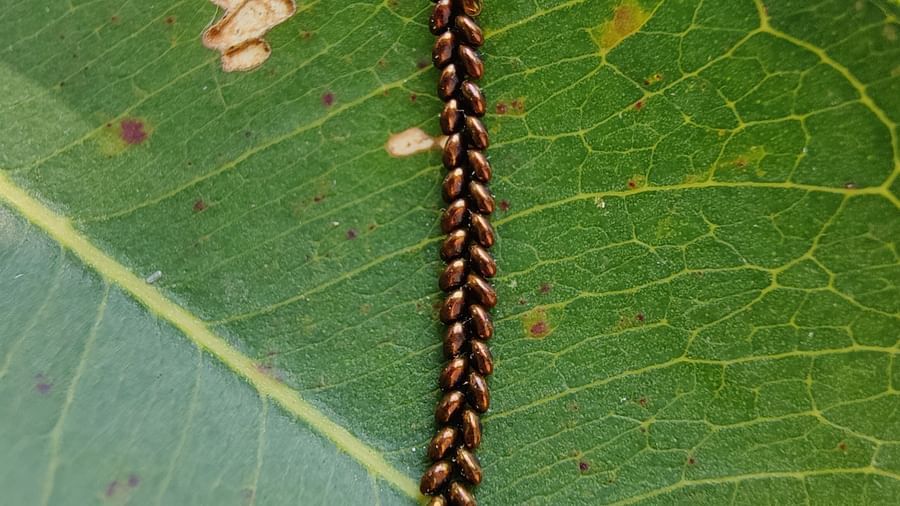
In terms of numbers of species, insects represent the largest percentage of the world's organisms: more than 1 million species!
Insects were along with the first animals, dating back to 400 million years. And they undoubtedly play a crucial role in nature. Pollination and silk production are just a few examples.
Fun fact: We have our skeleton inside our body, while insects have an outside skeleton which prevents them from breaking the bones while falling on the ground like humans and other mammals.
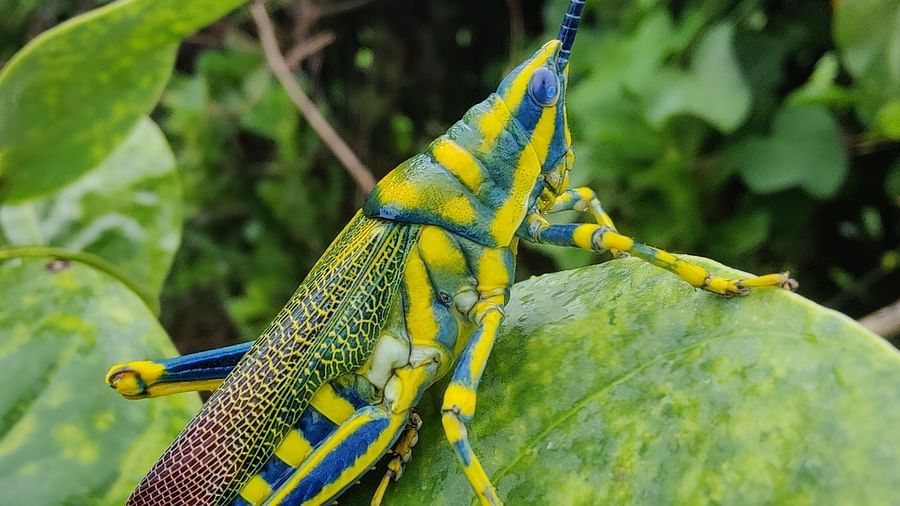

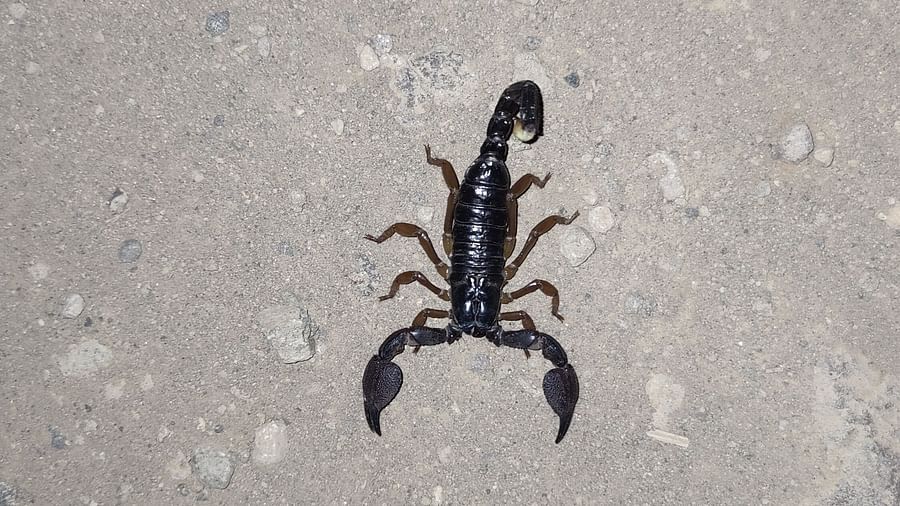
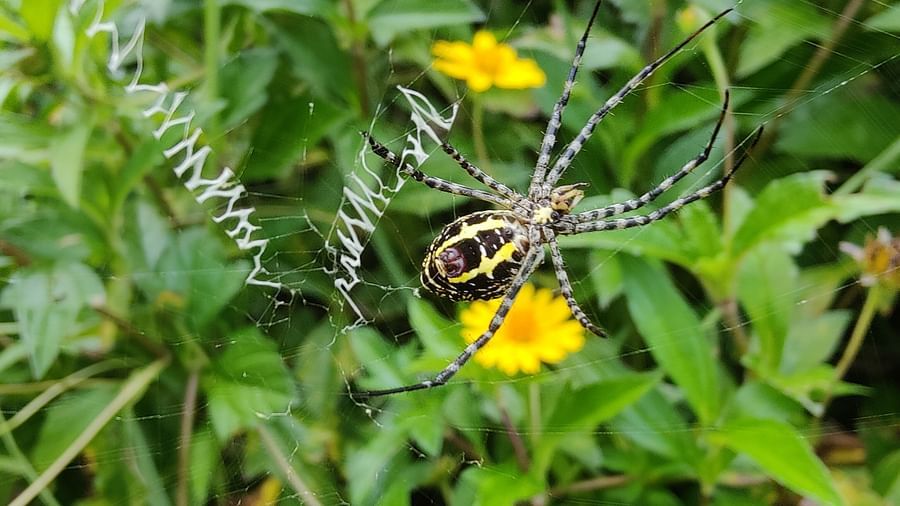
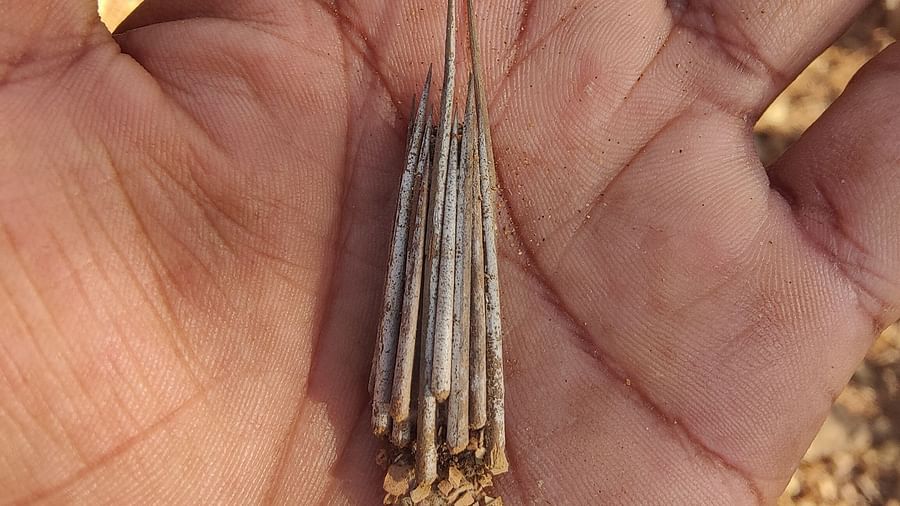
When you explore the forests of Gir guided by an Aramness naturalist, you’ll acquaint yourself with some of the most fascinating facts about the region, its flora and fauna. Visit this thriving haven now.

